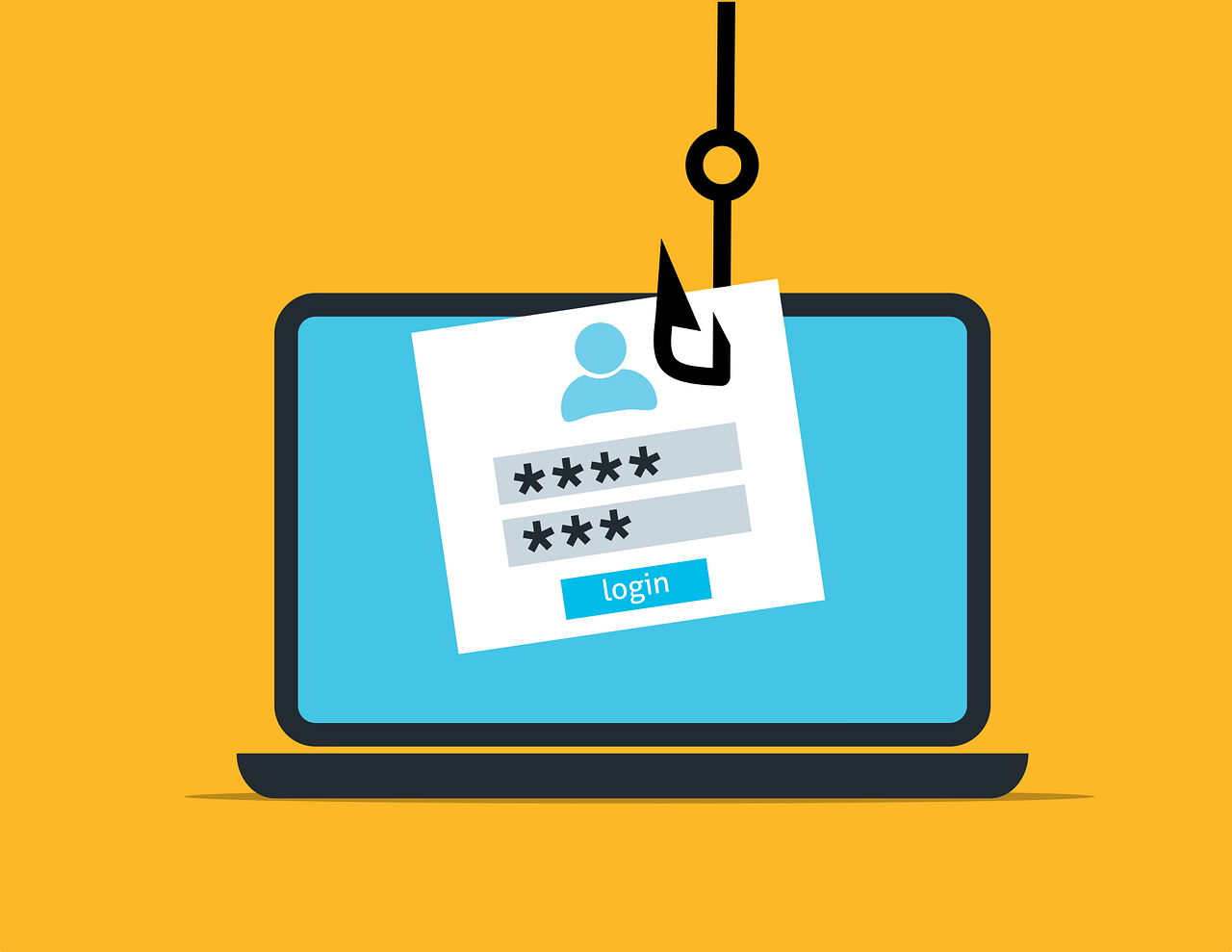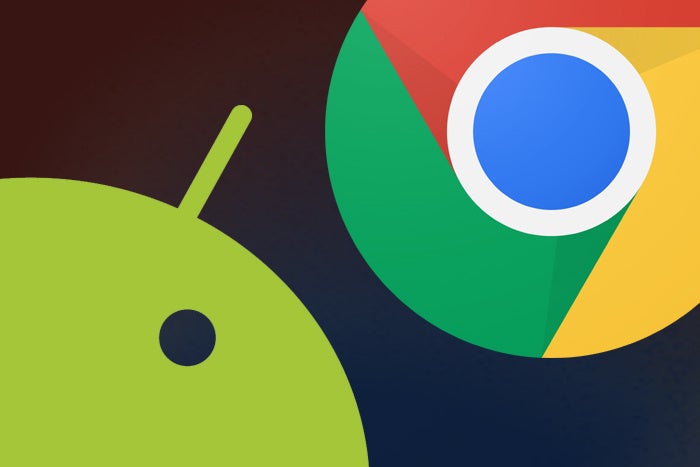Estimated reading time: 4 minutes
215 Views
In the digital age, eBooks have become an increasingly popular medium for sharing knowledge, stories, and information. With advancements in artificial intelligence, tools like ChatGPT offer an exciting opportunity to create engaging and interactive eBooks. In this article, we will guide you through the process of creating an eBook using ChatGPT, enabling you to harness the power of AI to bring your ideas to life.
Step 1: Define Your eBook’s Purpose and Content:
Before diving into the technical aspects, it’s essential to have a clear understanding of your eBook’s purpose and the content you want to include. Consider your target audience, subject matter, and the specific goals you want to achieve with your eBook. This will help you structure the conversation and maximize the effectiveness of ChatGPT.
Step 2: Preparing the ChatGPT Model:
To create your eBook, you’ll need to train or fine-tune a ChatGPT model to suit your specific requirements. If you’re using an existing model like OpenAI’s GPT-3.5, you can utilize its conversational abilities directly. However, if you want to fine-tune the model for your specific eBook, you can follow OpenAI’s guidelines on model customization.
Step 3: Structuring the Conversation:
Developing a coherent and engaging conversation flow is crucial for a successful eBook. Plan the structure by outlining the main topics, subtopics, and the logical progression of the dialogue. Think about the questions readers might have at each stage and how ChatGPT can provide informative and engaging responses.
Step 4: Writing the eBook Content:
Begin by writing an introduction to set the context and engage readers. As you progress, divide the eBook into sections or chapters, each covering a specific topic or theme. For each section, draft a series of questions and prompts that will elicit informative and interesting responses from ChatGPT. Experiment with different prompts to get the best results.
Step 5: Polishing the Conversational Flow:
While ChatGPT is a powerful tool, it is not infallible. The generated responses may occasionally be incorrect or nonsensical. To ensure a smooth conversational flow, you may need to iterate and refine the prompts, guiding ChatGPT towards more accurate and coherent answers. Editing and rewriting the generated content is a crucial step in creating a high-quality eBook.
Step 6: Incorporating Multimedia Elements:
Enhance your eBook’s visual appeal and interactivity by including multimedia elements. ChatGPT can describe images, provide explanations for diagrams, or even engage in conversations about video content. Embed relevant images, infographics, charts, or video links within the eBook to make it more engaging and informative.
Step 7: Formatting and Design:
Consider the eBook’s design and formatting to make it visually appealing and easy to navigate. Use appropriate fonts, headings, subheadings, and formatting styles to enhance readability. Ensure that the conversation flow is clear and distinguishable from the generated responses, making it easy for readers to follow the dialogue.
Step 8: Beta Testing and Feedback:
Before publishing your eBook, conduct thorough beta testing. Share it with a select group of readers who can provide constructive feedback. Assess their responses, identify areas for improvement, and make necessary revisions to enhance the overall quality and clarity of the content.
Step 9: Publishing and Distribution:
Once you have finalized the eBook, it’s time to publish and distribute it. You can choose various platforms to publish your eBook, such as Amazon Kindle Direct Publishing (KDP), Smashwords, or your own website. Ensure that you follow the platform’s guidelines and optimize the eBook’s metadata, cover design, and pricing to maximize visibility and reach.
Step 10: Promoting Your eBook:
Finally, promote your eBook through various channels to reach your target audience. Leverage social media, email marketing, guest blogging, and other strategies to create awareness and drive sales or engagement. Encourage readers to leave reviews and share their feedback, as positive reviews can help increase your eBook’s visibility and credibility.
Creating an eBook with ChatGPT offers a unique opportunity to engage readers in a conversational manner while leveraging the power of AI. By carefully structuring the conversation flow, refining the content, and incorporating multimedia elements, you can produce an interactive and compelling eBook. Remember to iterate, seek feedback, and polish the final product before publishing. Embrace the possibilities of AI and let your creativity soar as you embark on the journey of creating your own eBook with ChatGPT.
For the latest tech news and reviews, follow Rohit Auddy on Twitter, Facebook, and Google News.







